Some notes on configuring a new Mac Mini M4 Pro for design & development in 2025.
Initial launch
Plugged it in and connected to
- LG 38WR85QCW monitor via HDMI
- Logitech MX KEYS S keyboard via Bluetooth
- Logitech MX Master 3S mouse via Bluetooth
Found the on switch (underneath) and followed the install process.
Updating system
Updating computer names
You can update the name of the computer directly from settings
→ System Settings… → General → About
But can also update the additional names via the command line
sudo scutil --set HostName ComputerName
sudo scutil --set LocalHostNam→e ComputerName
sudo scutil --set ComputerName ComputerNamesudo scutil --set HostName ComputerName
sudo scutil --set LocalHostNam→e ComputerName
sudo scutil --set ComputerName ComputerNameEssential software

Chrome
Web browser
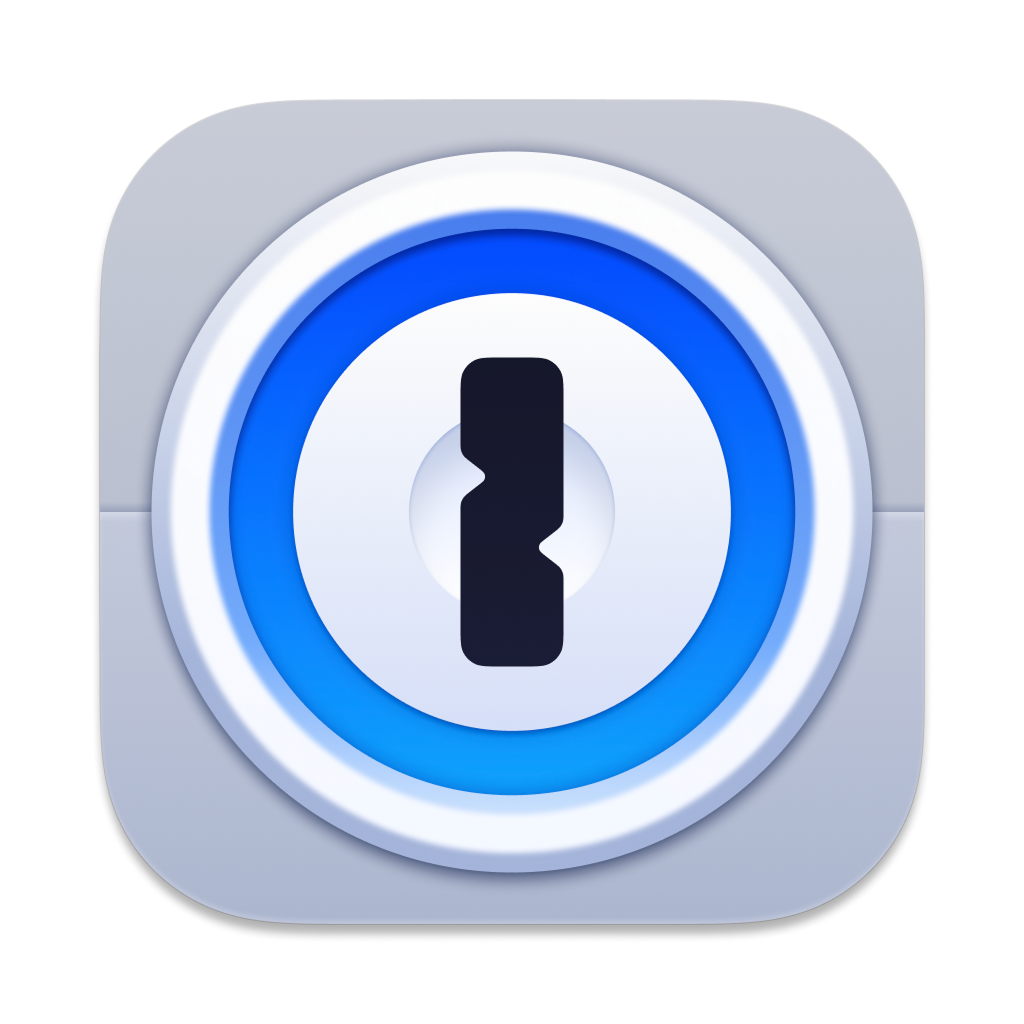
1Password
Password manager

Cursor
AI code editor built on VS Code
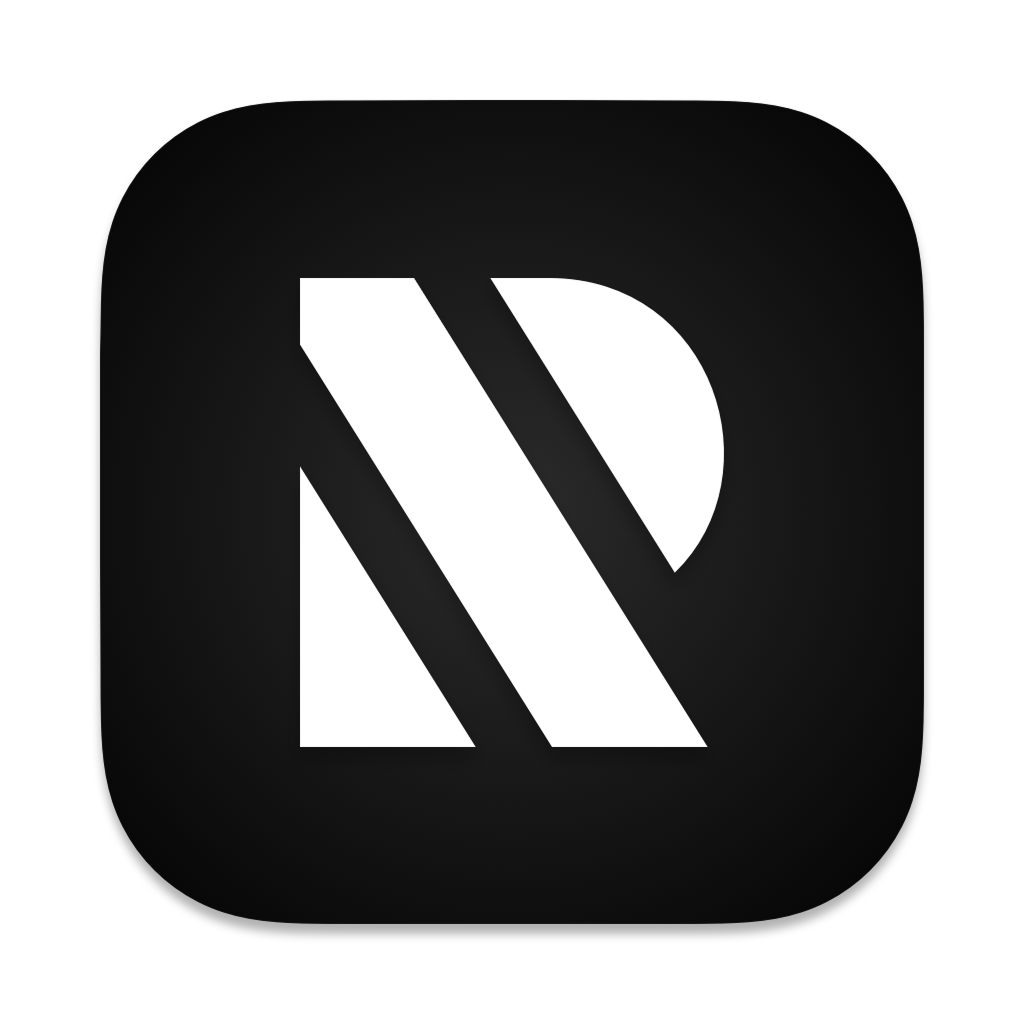
Right Font
Font manager
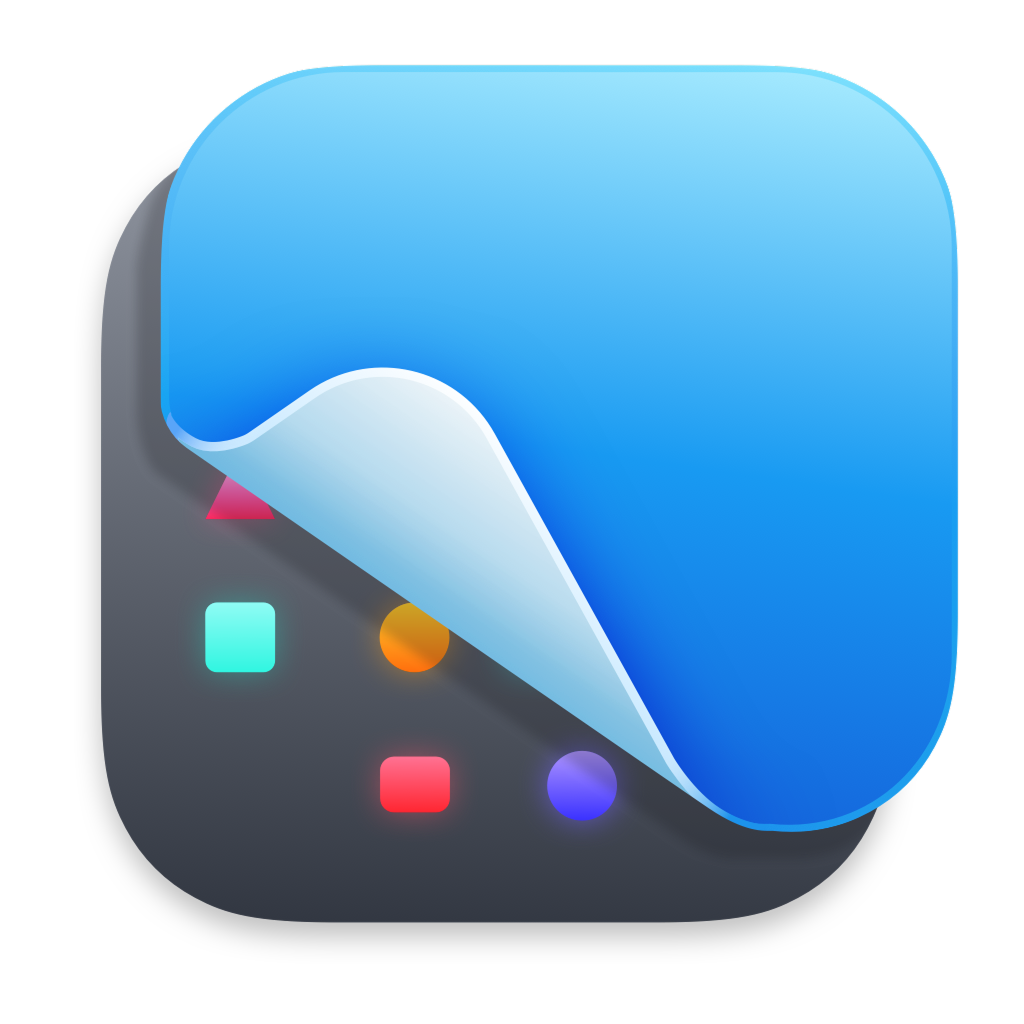
CleanShot X
Screen capture and recording
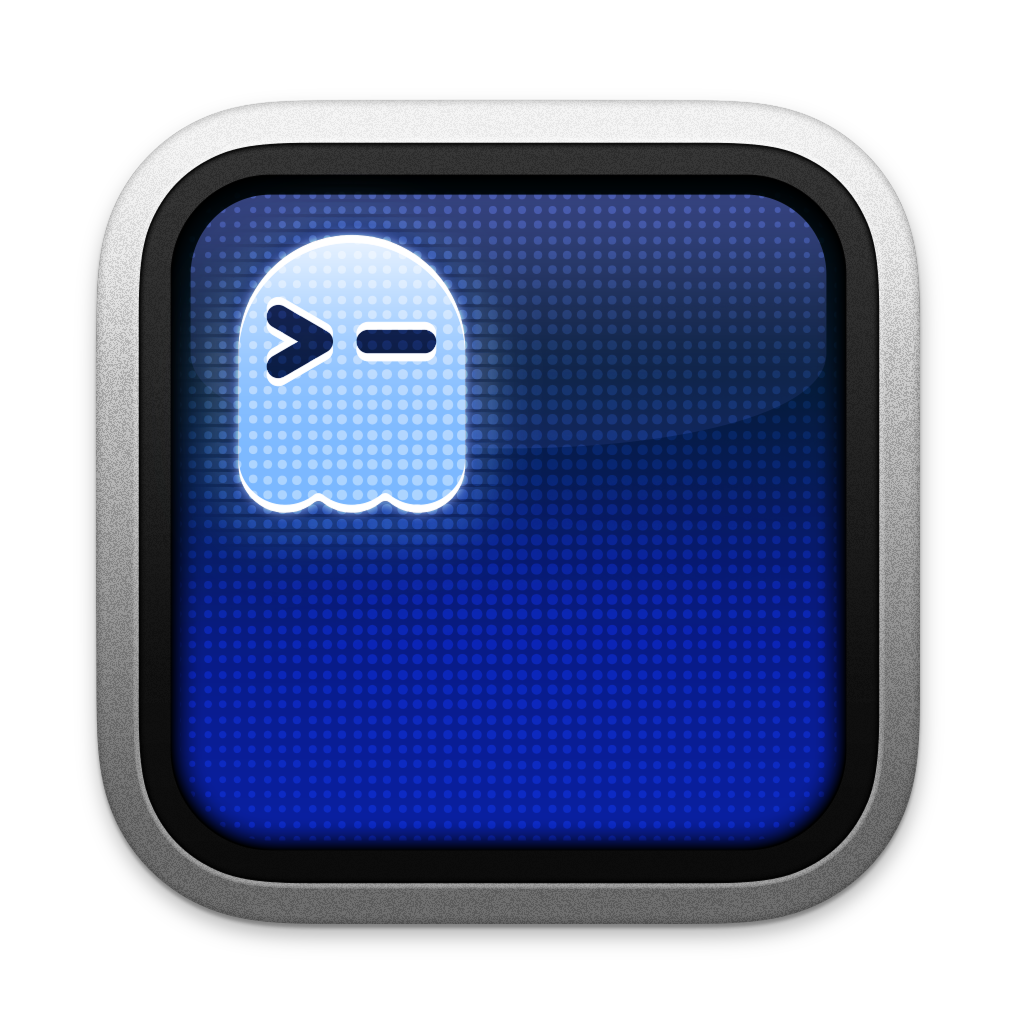
Ghostty
Terminal replacement
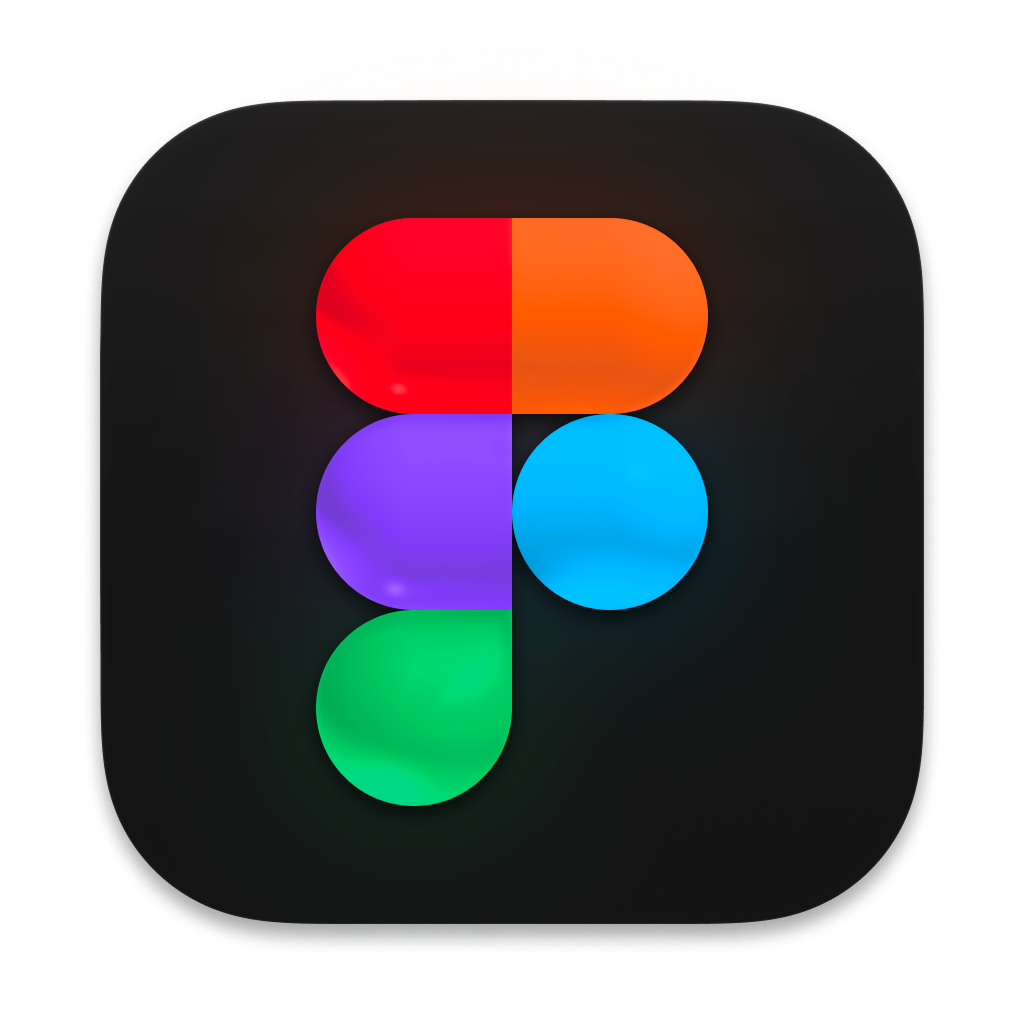
Figma
Design software
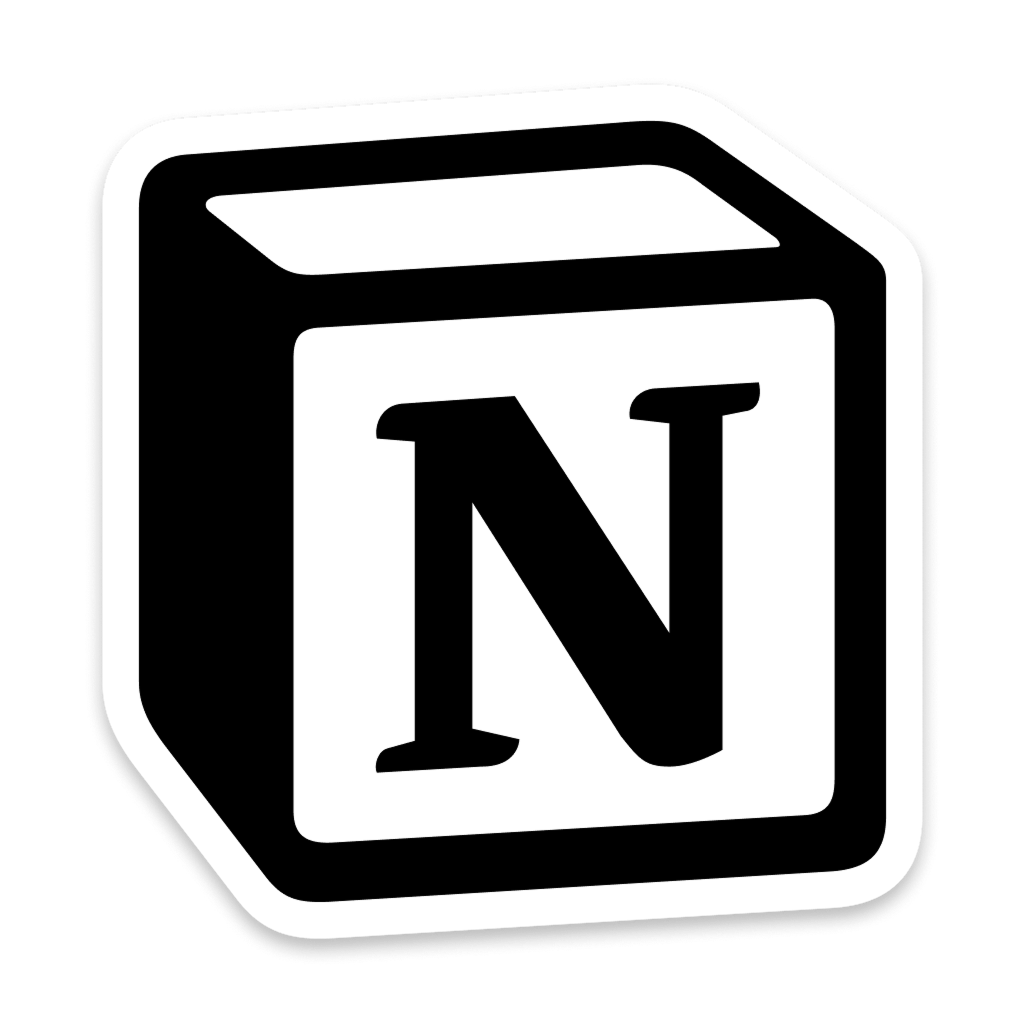
Notion
Note taking
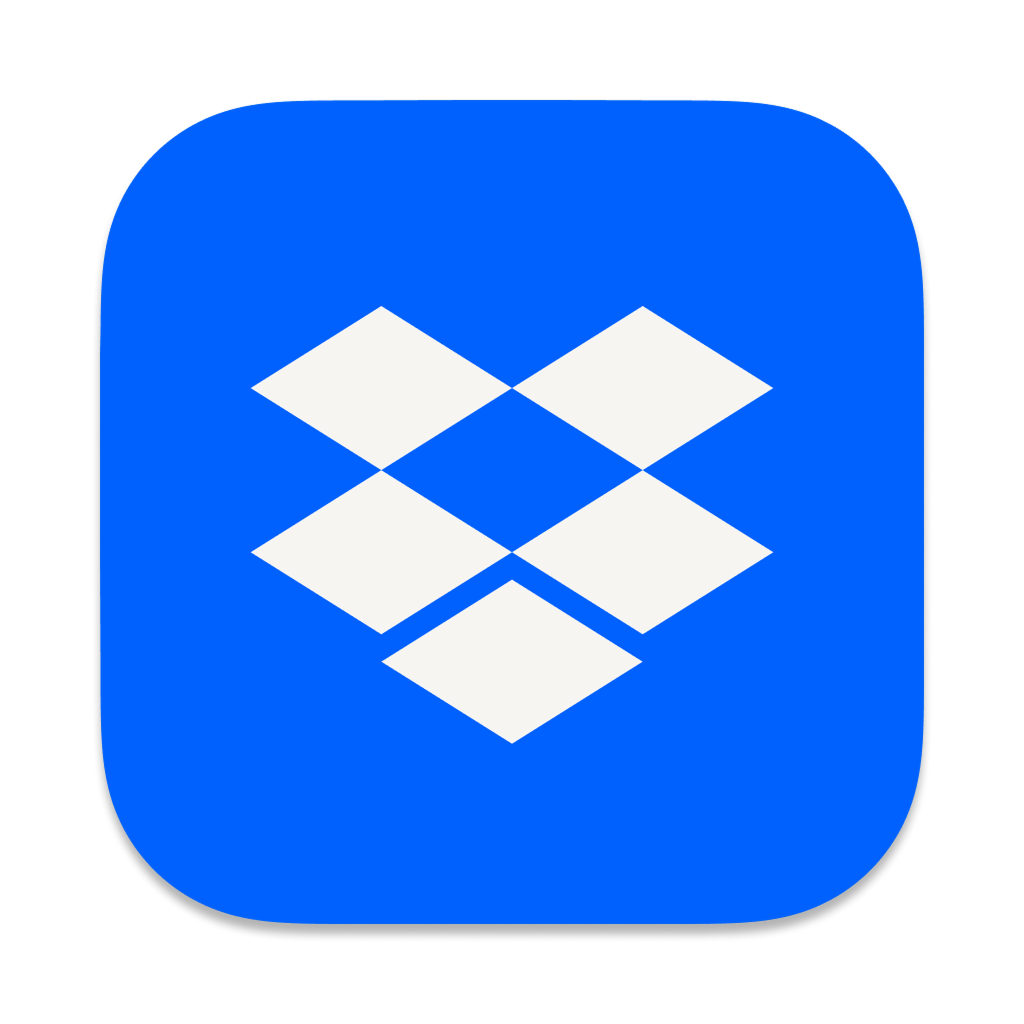
Dropbox
Cloud storage
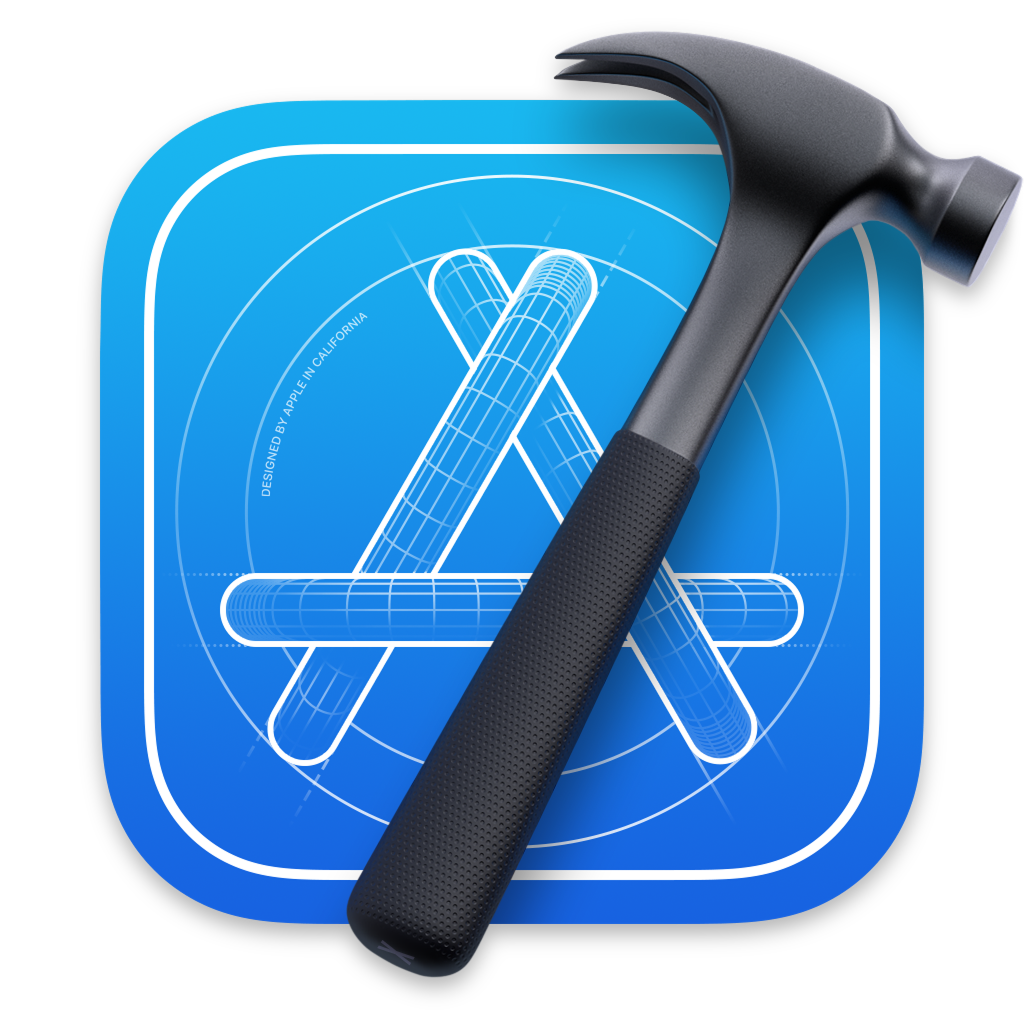
XCode
Apple development tools
Setting up for development
Homebrew
Install by pasting the command from website into terminal.
Setup .zprofile as suggested at the end of the installation
echo >> /Users/username/.zprofile
echo 'eval "$(/opt/homebrew/bin/brew shellenv)"' >> /Users/username/.zprofileecho >> /Users/username/.zprofile
echo 'eval "$(/opt/homebrew/bin/brew shellenv)"' >> /Users/username/.zprofileThen reload the shell
source ~/.zprofilesource ~/.zprofileCheck everything is OK by running brew doctor.
Git
Install git via Homebrew
brew install git brew install gitCheck that it's the right version of git being used (not Apple's)
which git
/opt/homebrew/bin/gitwhich git
/opt/homebrew/bin/gitSetup identity
git config --global user.email "you@example.com"
git config --global user.name "Your Name"git config --global user.email "you@example.com"
git config --global user.name "Your Name"Working with Github
Setting up an SSH Key
By default macs don't have ssh keys set up so generate a key and copy it to the clipboard.
ssh-keygen -t ed25519 -C "youraddress@email.com"
pbcopy < ~/.ssh/id_ed25519.pubssh-keygen -t ed25519 -C "youraddress@email.com"
pbcopy < ~/.ssh/id_ed25519.pubThe add that to Github via SSH Keys page.
Bonus: 1Password now has an SSH file option.
Cloning a repo locally
This should be enough to start cloning repositories.
git clone git@github.com:username/repo-name.gitgit clone git@github.com:username/repo-name.gitNVM & Node
NVM allows for mulitple version of Node and NPM to exist on the same machine.
Install by pasting the command from the website into terminal.
Then install the most recent LTS version as the default.
nvm install --ltsnvm install --ltsThis should add some lines to .zprofile
export NVM_DIR="$HOME/.nvm"
[ -s "$NVM_DIR/nvm.sh" ] && \. "$NVM_DIR/nvm.sh" # This loads nvm
[ -s "$NVM_DIR/bash_completion" ] && \. "$NVM_DIR/bash_completion" # This loads nvm bash_completionexport NVM_DIR="$HOME/.nvm"
[ -s "$NVM_DIR/nvm.sh" ] && \. "$NVM_DIR/nvm.sh" # This loads nvm
[ -s "$NVM_DIR/bash_completion" ] && \. "$NVM_DIR/bash_completion" # This loads nvm bash_completionInstalling Bun
Install by pasting the command from the website into terminal.
This should add some lines to .zprofile
export BUN_INSTALL="$HOME/.bun"
export PATH="$BUN_INSTALL/bin:$PATH"
[ -s "$NVM_DIR/bash_completion" ] && \. "$NVM_DIR/bash_completion"export BUN_INSTALL="$HOME/.bun"
export PATH="$BUN_INSTALL/bin:$PATH"
[ -s "$NVM_DIR/bash_completion" ] && \. "$NVM_DIR/bash_completion"Setting up terminal
Using Ghostty instead of terminal, means styling can be customised more easily. Oh My Zsh is also useful for customising the command prompt and some extra DX like autosuggestions.
Oh My Zsh
This is useful for changing the command prompt to this
~ »~ »Install by pasting the command from the Github page
Autosuggestions plugin via
git clone https://github.com/zsh-users/zsh-autosuggestions ~/.oh-my-zsh/custom/plugins/zsh-autosuggestionsgit clone https://github.com/zsh-users/zsh-autosuggestions ~/.oh-my-zsh/custom/plugins/zsh-autosuggestionsCheck the Github page
Git open plugin via
git clone https://github.com/paulirish/git-open.git ~/.oh-my-zsh/custom/plugins/git-opengit clone https://github.com/paulirish/git-open.git ~/.oh-my-zsh/custom/plugins/git-openCheck the Github page
Now, organise .zprofile and .zshrc better
# .zprofile
eval "$(/opt/homebrew/bin/brew shellenv)"
export ZSH="$HOME/.oh-my-zsh"
# nvm
export NVM_DIR="$HOME/.nvm"
[ -s "$NVM_DIR/nvm.sh" ] && \. "$NVM_DIR/nvm.sh" # This loads nvm
# bun
export BUN_INSTALL="$HOME/.bun"
export PATH="$BUN_INSTALL/bin:$PATH"# .zprofile
eval "$(/opt/homebrew/bin/brew shellenv)"
export ZSH="$HOME/.oh-my-zsh"
# nvm
export NVM_DIR="$HOME/.nvm"
[ -s "$NVM_DIR/nvm.sh" ] && \. "$NVM_DIR/nvm.sh" # This loads nvm
# bun
export BUN_INSTALL="$HOME/.bun"
export PATH="$BUN_INSTALL/bin:$PATH"# .zshrc
ZSH_THEME="minimal"
plugins=(
git
git-open
zsh-autosuggestions
)
DISABLE_AUTO_TITLE="true"
# Minimal theme does not support async git prompt
# https://github.com/ohmyzsh/ohmyzsh?tab=readme-ov-file#async-git-prompt
zstyle ':omz:alpha:lib:git' async-prompt no
source $ZSH/oh-my-zsh.sh
# bun completions
[ -s "/Users/chrismasters/.bun/_bun" ] && source "/Users/chrismasters/.bun/_bun"
# nvm completions
[ -s "$NVM_DIR/bash_completion" ] && \. "$NVM_DIR/bash_completion"# .zshrc
ZSH_THEME="minimal"
plugins=(
git
git-open
zsh-autosuggestions
)
DISABLE_AUTO_TITLE="true"
# Minimal theme does not support async git prompt
# https://github.com/ohmyzsh/ohmyzsh?tab=readme-ov-file#async-git-prompt
zstyle ':omz:alpha:lib:git' async-prompt no
source $ZSH/oh-my-zsh.sh
# bun completions
[ -s "/Users/chrismasters/.bun/_bun" ] && source "/Users/chrismasters/.bun/_bun"
# nvm completions
[ -s "$NVM_DIR/bash_completion" ] && \. "$NVM_DIR/bash_completion"Ghostty
For a full guide to options see the documentation.
Create a new config file at this location ~/.config/ghostty/config
font-family = "SF Mono"
font-size = 10.5
font-thicken = true
font-thicken-strength = 50
shell-integration-features = no-cursor
cursor-style = block
cursor-opacity = 0.3
background-opacity = 0.9font-family = "SF Mono"
font-size = 10.5
font-thicken = true
font-thicken-strength = 50
shell-integration-features = no-cursor
cursor-style = block
cursor-opacity = 0.3
background-opacity = 0.9Note: to use SF Mono it needs to be installed from Apple Fonts
Remove last login on launch
Adding ~/.hushlogin prevents this
touch .hushlogintouch .hushlogin